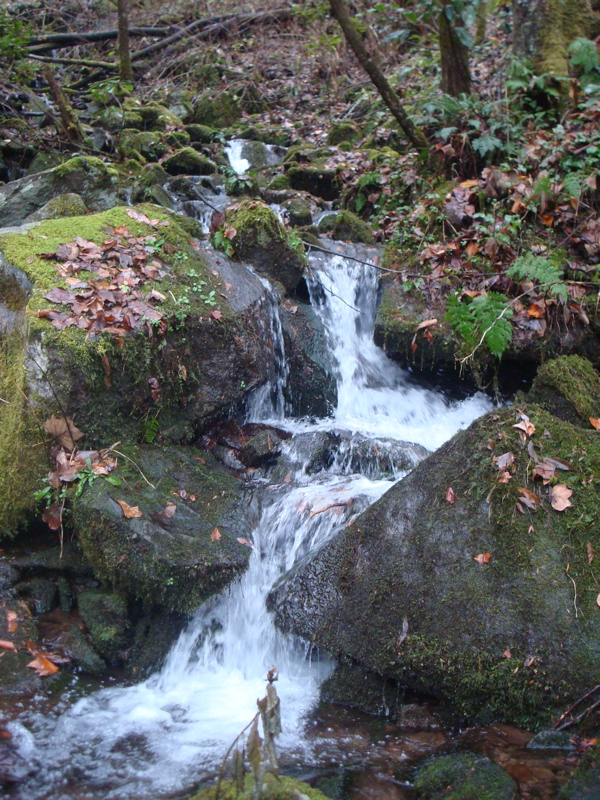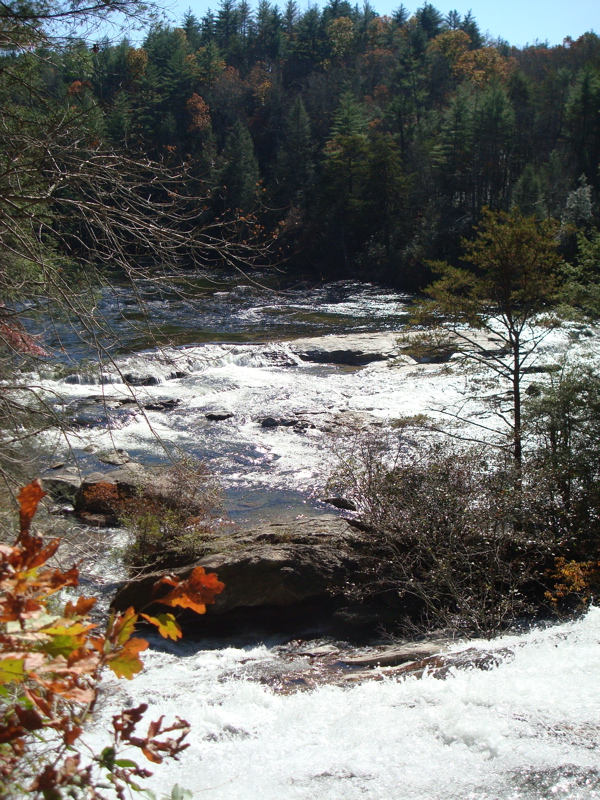Leave No Trace
At Sure Foot Adventures, we practice Leave No Trace (LNT) outdoors ethics and skills. Below are explanations of how we approach each principle.
For more information about Leave No Trace, visit the lnt.org website.
The Leave No Trace principles are:
- Plan Ahead and Prepare.
- Planning is key to the success of Sure Foot trips. Our guides intimately know the locations where we camp and can create a site plan that avoids trampling flora and expanding the campsite. We use few pre-packaged foods and do not prepare excessive meals, thereby reducing the amount of food waste. We choose to cap our trips at 12-15 participants, which reduces the impact larger groups make on the land.
- Travel and Camp on Durable Surfaces.
- Though there is a mystique about bushwacking, such off-trail hiking causes major damage to small (and large) plants. Sure Foot trips stick to the trails. We do not cut switchbacks and take other shortcuts. Since we’re in the woods to hike, why shorten our journey in a destructive way? Likewise, we do not create new campsites. Sure Foot groups camp where others have, thus centralizing our impact.
- Dispose of Waste Properly.
- There are three kinds of waste produced by Sure Foot Trips: human, food, and inorganic. However, you’d be surprised at how small our trash bags are at the end of a 4-day trip with 10 people! One of the “joys” of backcountry camping is learning to dig a proper (6″ deep) cathole. We begin Sure Foot trips with a lesson in this skill. Near high-impact campsites, you’ll often find tissue scattered in the woods. Our goal is to teach Sure Foot participants well enough that all tissue and waste is able to compost naturally below ground. In the rare occasion in which we have food waste from meals, we pack it out. All gray water is filtered into a “sump hole.” And we always leave with more trash than we packed in. We find other campers’ bottles, wrappers, and aluminum cans, and pack it out with our own trash. One guide always hikes in the rear, partially to scan for any trash participants may unknowingly have dropped. Our goal is to always leave the woods more pristine than when we arrived. On one trip, we met another group who had gotten soaked in the previous night’s rain because their tent was not seam-sealed. They were about to burn the tent. Of course, we offered to carry it out for them, and our group packed their water-laden heavy tent out of the woods and disposed of it properly.

- Leave What You Find.
- It’s such a temptation to take souvenirs. We constantly have kids and adults asking our guides if they can “have” something. The answer is always no. We explain that our memories (sometimes internal and somethings as photos) are our souvenirs. The phrase “Take only pictures, leave only footprints” is the essence of our philosophy.
- Minimize Campfire Impacts.
- Though campfires are one of our favorite parts of camping, you’ll never see a bonfire on a Sure Foot trip. Large bonfires deplete wood from the forest, cause undue forest fire hazards, are too hot to sit near, and burn too fast for cooking. Instead, we build reasonable fires with clear goals: cooking, s’mores, warmth, and as a centerpiece for group conversation and storytelling. Because fires are naturally high-impact, we rarely cook meals over a fire. Instead, we use white gas and propane/butane stoves which use no forest resources. Finally, though fire rings are necessary, many have been built larger and larger by successive groups. Sure Foot Adventures often does “campsite service projects” in which we reduce the size of the fire ring, scattering ashes and extra stones. We do not create new fire rings.
- Respect Wildlife.
- Most people think respecting wildlife is about giving them space. Though this is important, wildlife encounters are rare, especially when traveling in a group. The most important thing we do to respect wildlife is to hang our food in a tree away from the reach of animals. Animals (primarily raccoons, mice, opposums, and bears) become accustomed to people (and our food) when they are allowed to eat it: when campers leave food caches in easy reach and when food waste is left out. We at Sure Foot Adventures believe this inadvertent “feeding” is disrespectful to wildlife and we teach our participants to always hang food at night. If we do encounter an animal, we give it berth and watch from a respectful distance. Our guides are trained with bear and snake encounter procedures. In our opinion, the best way to avoid dangerous encounters with snakes is to stay on the trail, so you can see where you’re stepping. In our experience, the best way to avoid bear encounters is to avoid overused, trash-laden campsites. Bears don’t want to see us any more than we want to run into them.
- Be Considerate of Other Visitors.
- Group size is one way Sure Foot is considerate to other visitors. We try to introduce ourselves to other campers and always camp as far from other groups as possible. Friendliness goes a long way, and is a beautiful thing to model to participants who are new to the woods. We believe that hikers have common purpose and we attempt to treat everyone we meet with courtesy and a smile.

